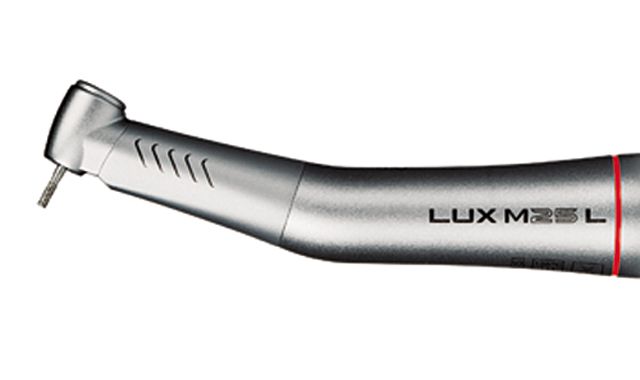5 reasons to switch to electric handpieces
Technology has exploded in the dental field in the past two decades.

Technology has exploded in the dental field in the past two decades.
Concepts that were only a dream 20 years ago, such as 3D imaging and CAD/CAM, are now part of many dental practices. While these technologies continue to grow in acceptance, they are still priced at the high end of the spectrum. For dentists trying to improve their practice through technology, one area that is often overlooked is the handpiece.
While air-driven handpieces are still an accepted part of many practices, newer electric handpieces are becoming more and more popular. I believe there are five reasons why dentists should consider a switch to electric handpieces:
Related reading: 5 reasons to consider an air-driven handpiece
1. Electric handpieces tend to be very light and ergonomic. The first electric handpieces were much heavier than their air counterparts, and many dentists complained of fatigue after constant use. This is definitely not the case for the newer models.
2. Electric handpieces are capable of greater torque. This makes it easier and faster to cut into enamel or dentin, and for other procedures, like crown removal, they are simply faster and more efficient. The other part of the torque equation is one of the main selling points of electric handpieces. They offer variable settings for speed and torque. For example, let’s say you’ve removed the tooth structure for your prep and now need to remove the caries. Rather than switching to a low speed handpiece, you can just change the setting on the controller box to caries removal and proceed. This is a huge time saver and will decrease the costs of purchasing low speed handpieces that may no longer be needed.
More on handpieces: What do women look for in a handpiece?
Read more reasons on Page 2 ...
3. One of the biggest complaints patients have when going to the dentist is that they hate the sound of the “drill.” This is pretty typical for air handpieces as there are only certain ways you can lessen the sound of an air turbine. Electric handpieces do not have air turbines, and users report less noise and, of course, less complaints from patients.
4. Electric handpieces are also very reliable. Dentists I have worked with report they have far fewer repair bills than they had in the past, and they also find the electric handpiece requires an easier and quicker maintenance schedule to keep them running smoothly.
More on handpieces: 7 tips to extend the life of your dental handpieces
5. Finally, many dentists find electric handpieces perform with a high degree of dependability. Most of us have worked with air handpieces in the past and are familiar with the handpiece “stalling” at times, especially when using them over a long time or when cutting into metals or ceramics. This isn't an issue for electric handpieces.
While all new technologies have their pros and cons, dentists who use a handpiece throughout their typical work day should evaluate how an electric handpiece may be a great addition to the practice.
Related reading: 5 common misconceptions about electric handpieces